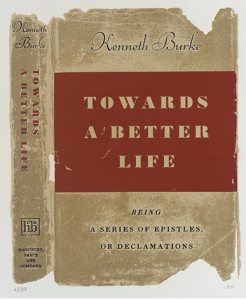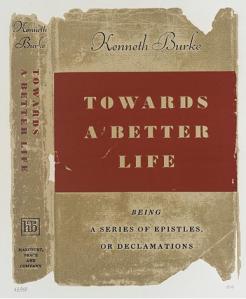I have recently returned from several days in Marfa, Texas, where I was privileged to spend time at the Donald Judd Library, now under the stewardship of the Judd Foundation. It was a peculiar experience, being with Judd’s books, without Judd. The presence of the artist was strong; his interests and peculiarities quite pronounced. As expected, there is a large section on contemporary art and architecture; but there is also a substantial collection of French literature, of philosophy, of Asian and Indian art. There are cookbooks, maps, and travel books, as well. His lack of interest in certain things is also revealing—the omissions from the collection were almost as significant as the inclusions. One of the most satisfying parts of the time spent in the library was the physical presence of the books, with the reality of their past life evidenced by their worn dust jackets and the pages of notes and clippings slipped inside the covers.
I had the same peculiar feeling when curator Leslie Jones showed me the screenprints on view in R. B. Kitaj’s Covers for a Small Library. Kitaj enlarged photographic facsimiles of the actual covers of his books, and created beautiful screenprint portraits of fifty of his favorites.

R.B. Kitaj. Towards a Better Life from In Our Time: Covers for a Small Library After the Life for the Most Part, 1969. Screenprint, 31 x 23 in. Los Angeles County Museum of Art, Gift of S. A. Feld through The Martin S. Ackerman Foundation
The artist is no longer with us, but his ineffable presence is strong in these book-portraits. For him, each book triggered memories and had associations for him that were very personal and not necessarily relevant to the book itself. He wrote lovingly about the books he chose, referring to them as “precious source books for painting.” His very personal attachment to the book as an object is reflected in his musing about the “strange life of a real book…” He speaks about “the unexceptional cover montage which is only a front for a bookfull of secret life…” It is the physical object of the book that he handles and loves that gives him the ability to imagine its secret, strange life, to think of it as “the tender, brittle pages of the book of my life.” His prints pay homage to those books, portraying them with their sometimes ragged dustjackets, and the nicks and dents obtained during their secret lives.
Dagny Corcoran, Art Catalogues



